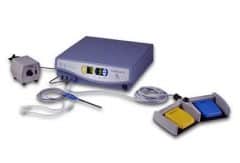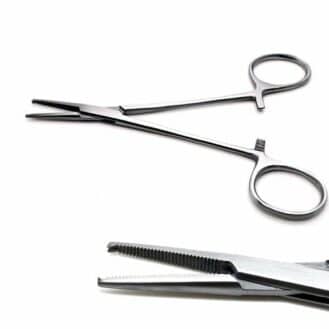An electrosurgical unit is a device that uses high-frequency (HF) electrical currents to cut or coagulate tissue during surgery, known as electrosurgery. It consists of an electrosurgical generator that transforms electrical energy into HF current. It is operated using a specific control. The generator is connected to an active electrode. It is this active electrode that comes into contact with the tissue it will create a thermal effect on. Electrosurgical units have multiple functions and electrodes that vary according to the surgical applications.








Article helped me.